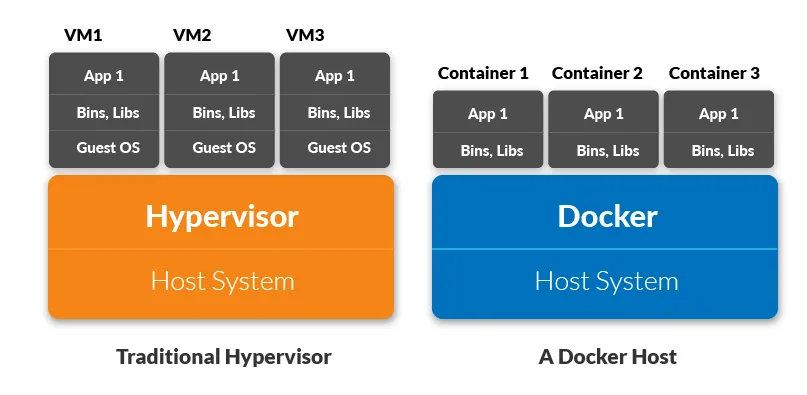Kubernetes is most commonly used with Docker managed containers, although it doesn’t strictly depend on it. Kubernetes defines a Container Runtime Interface (CRI) that container platforms must implement in order to be compatible. These implementations are colloquially known as “shims”. This makes Kubernetes platform agnostic so that instead of Docker you’re free to use other platforms with corresponding shims, such as CRI-O or KataContainers.
Automatic scaling and failover are just two of the benefits provided by modern cloud platforms such as Amazon AWS, Microsoft Azure and Google Cloud Platform (GCP). There are still problems with this architecture though, for example:
- Stopping and starting instances is slow.
- Communicating between nodes in this architecture can be quite complex.
#java #cloud #docker #kubernetes #microservice architecture #microservice #container
